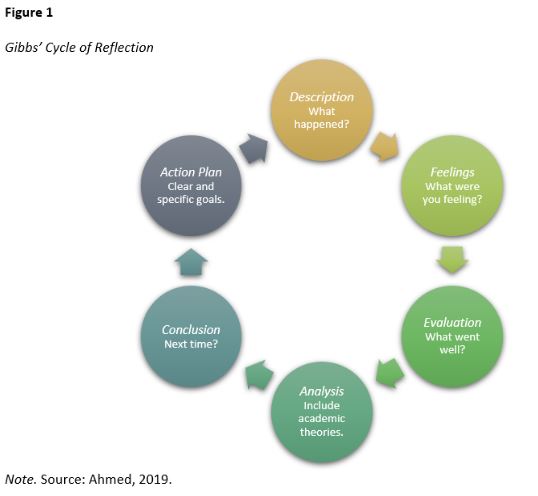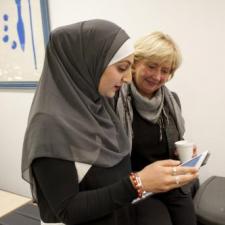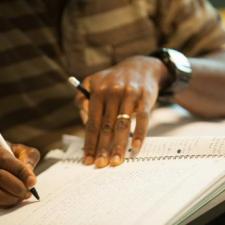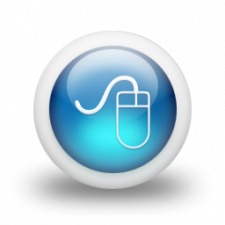Reflective Thinking
Reflective practice, combined with evidence-based, practice leads to better decision-making and thus better outcomes for clients as well as practitioners.
This complex process of reflection is enhanced when a structured, evidence-based model is used to frame the process. There are a few respected models available in the literature; among them is a model introduced by Gibbs in 1998 that is still relevant today. It may be a good starting point for your reflective thinking. Here is a diagram of the model:

The first three steps focus on what is currently happening, whereas the second three steps focus on how to improve or reach future goals.
When writing about reflective practice, always check with your educator whether it is appropriate to use first-person pronouns and if so, in which sections of your assessment.
Note that it is the analysis step of the process where the focus shifts from personal experience to applying theory or theoretical frameworks to arrive at critically evaluated conclusions. In addition, it is the application of these conclusions to realistic scenarios that leads to real change.
For a more detailed explanation of how you can use this model open the Reflective Thinking Guide (Download pdf) below.



